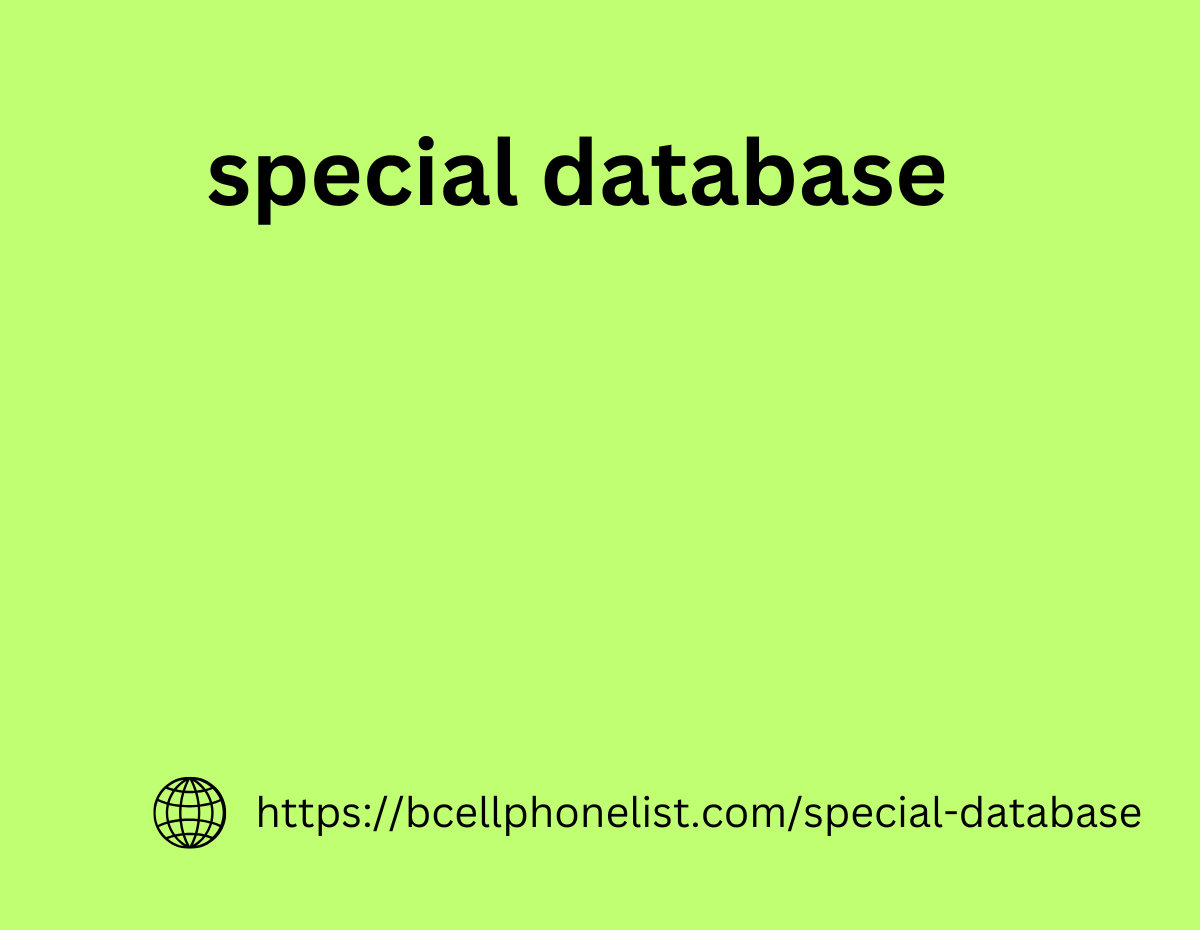As mentioned, breadcrumbs make it easier to navigate a site. But they do much more than that, because Google displays the chain in search results.
For example, you are interested in what coffee brands Nestle offers. The query “Coffee from Nestle” will show two links in the search results – to the category page and to the product page. An attentive user will pay attention to these chains and go to where he will find more information that he needs.
The search results page for a specific iPhone model looks similar.
But that won’t happen until you add microdata special database to your breadcrumbs so that Google can recognize them and display them on the search results page. We’ll cover how to do that in more detail below.
Types of bread crumbs
When talking about what breadcrumbs are on a website. You need to know that they can be of different types. Most often, 2 main principles of visualizing the user’s route are used.
1. Based on the hierarchy or location of the visitor in relation to the main page. A chain of this type informs about how many levels there are in the structure of the web resource. On which of them the person is located. This is easiest to show in a geographical theme, for example:
Home > USA>California > San Francisco
2. Attribute or category-based. This approach is more often used in large online stores or marketplaces. Here is an example of breadcrumbs on a site that sells clothing and other household goods.
The user has the opportunity to return to the previous page and view products of another brand or other offers in the category.
Note how breadcrumbs for categories can કરવાના ઊંડા જ્ઞાન અને અનુભવ સાથે be displayed when the path is too long. Only the last three items are shown on the page, and the previous ones are “hidden” under the name “Return to previous page”.
In addition to these variations, there are other ways to display the breadcrumb trail.
Dynamic principle
This approach is used to display a chain that is formed based on user actions, rather than a fixed site structure. Breadcrumbs can change depending on how the user moves around the site. Then they can have additional levels based on filters, sorting, or other parameters.
While this principle may seem convenient, it can confuse users. People can navigate to the same point via different routes, which means you will show agb directory a different navigation structure each time, which can be confusing. Also, the dynamic principle of chain formation and the inclusion of micro-markup are incompatible, which is not very good for SEO.
Dropdown Approach
This approach is used on sites with a large catalog. An interesting solution is offered by the creators of a statistical portal that publishes reports on the development of industries around the world. Breadcrumbs on the pages of this web resource help to preview the next steps that a visitor can take.
Minimalistic approach
Instead of displaying the full path, you can add a “Back” button to the page. It actually performs the same function as a similar button in the browser, but does it more conveniently and flexibly.
This approach is useful for sites with numerous filters. When you click the “Back” button in the browser, the filters are reset, forcing the user to set them up again or look for another, more convenient resource. The “Back” function on the site itself solves this problem by returning the user to the previous page with saved filter and search settings.
Which sites use breadcrumbs?
Breadcrumbs in design are simply necessary for such portals:
- large and medium-sized online stores, where products are placed in catalogs by categories and subcategories. Navigation allows you to return to pages with selected filters and parameters;
- information sites where articles are part of larger themes;
- reference portals, where it is important for users to navigate a huge array of information;
- web resources of large companies, where there are many internal sections and documents;
- digital libraries in which documents and books are organized by topic or genre.
Overall, breadcrumb menus are useful to implement on literally any site to maintain location awareness and help navigate to higher levels.






